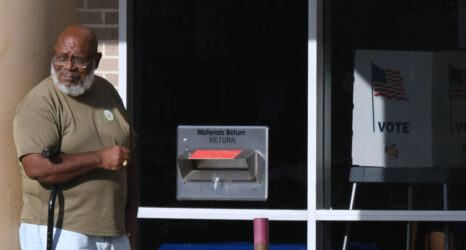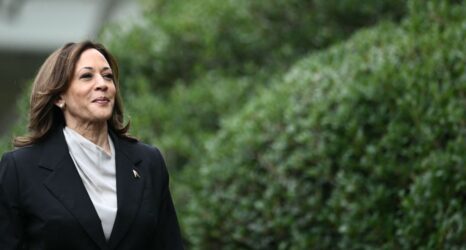Women journalists have always been at the forefront of change—so as the U.S. faces compounding crises, it’s no surprise that women journalists are stepping up to bring truth to the public.
During Women’s History Month 2021, the International Women’s Media Foundation and Ms. began spotlighting women journalists who are making the news media stronger, more diverse and equitable. But their work didn’t end on March 31—and neither does ours. Change starts with recognizing the people behind the byline. All year, join us to learn The Story Behind Her.
This Week: Nicole A. Childers
Nicole A. Childers is an executive producer on Marketplace, a nonprofit news organization on a mission to raise the economic intelligence of the country. Childers is also member of IWMF’s new Next Gen Safety Trainers program—which aims to train a cohort of women and non-binary people to counter the disparity that exists in the security advising and training space, currently dominated by cisgender, white men.
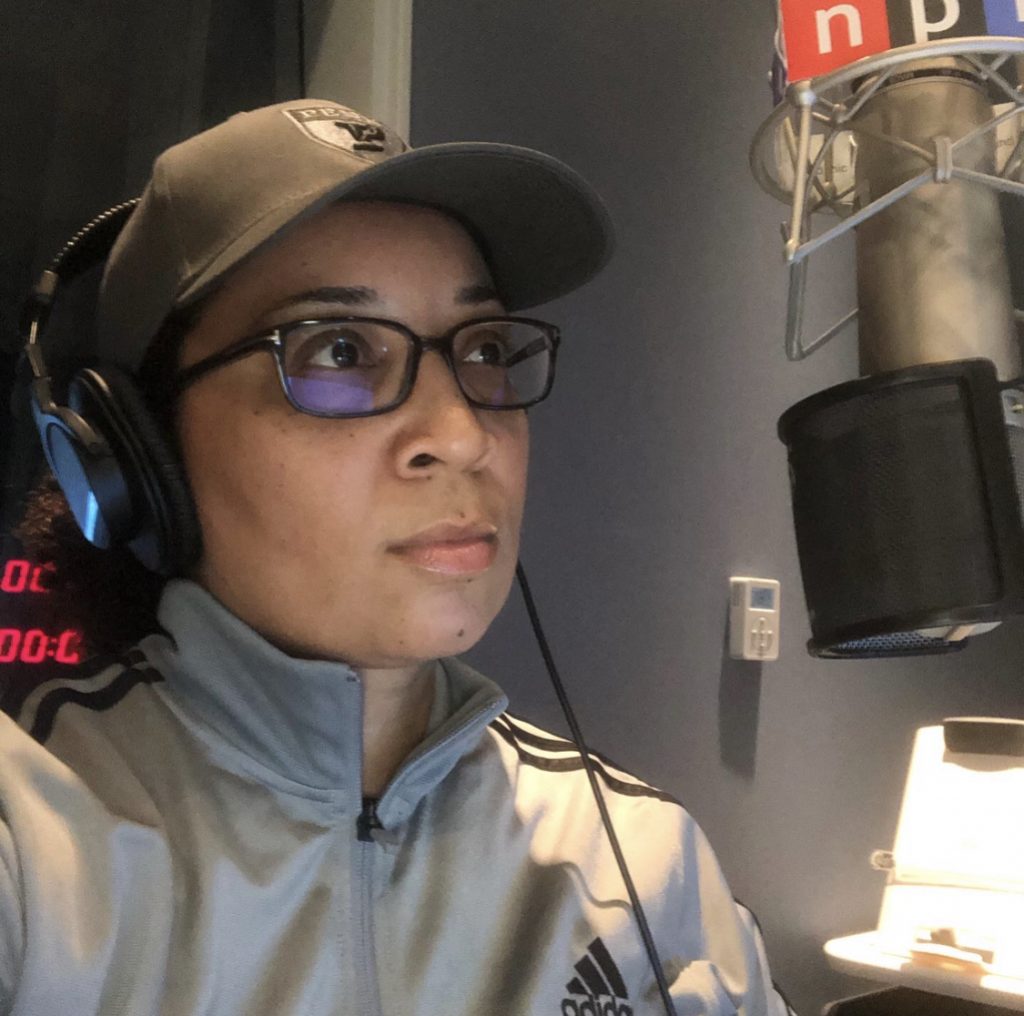
I am a journalist, but I’m also…
a queer Black Woman, a former foster kid, a dog mom, a Lakers fan, a world traveler, a lover of languages, a truth-seeker, an Ivy League grad, and a naturally curious person.
How do your identities shape your work? When did your intersections help you do your job better or help you approach work differently?
All of my identities come together to inform the perspectives I bring into the newsroom each day. They help guide the story decisions I make and how those stories are covered. My intersections allow me to see the world through various, sometimes conflicting lenses.
I was raised for part of my childhood in the foster care system, yet went on to an Ivy League university at the age of 17 while I was still a ward of the State of California. I worked sometimes two and three jobs throughout college while many of my classmates came from wealthy families that afforded them the privilege of being able to focus solely on their academics.
As a result of that experience, I see and have had close interactions with both extremes of the economic spectrum. Seeing both sides of the spectrum is especially important given that our reporting at Marketplace is focused narrowly on business and the economy.
Being a proud Black queer woman who culturally also identifies as Latinx, I am able to see the world through those broad lenses and perspectives. It means I am laser-focused on ensuring that stories about maligned communities are told responsibly.
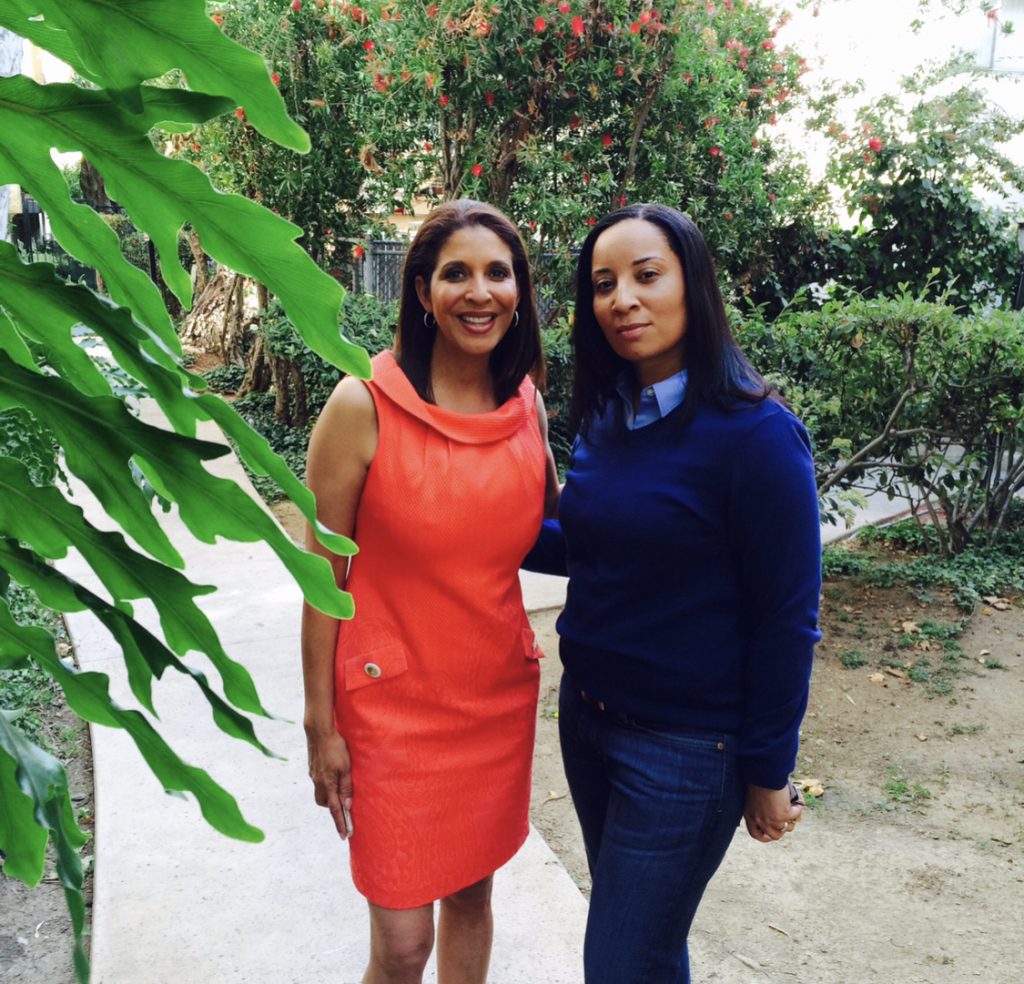
How have you and your team connected economic reporting to the historic moments and movements happening this past year? What is unique about working in news leadership during so many compounding crises?
I am incredibly proud of the work my team at Marketplace has done over the course of the past year. Last summer we saw a seismic shift in public perception around the Black Lives Matter movement that impacted not just individual minds but also compelled companies to give, in some cases, hundreds of millions of dollars.
It has been our responsibility not just to cover that development but to also hold those companies accountable and check in on the impact of that work and whether it has continued or whether the bulk of that work was performative. At Marketplace, we are continuing that reporting to see whether those companies were acting performatively and to what extent their values supporting the Black Lives Matter movement financially are reflected in their own HR policies in how they treat their Black employees.
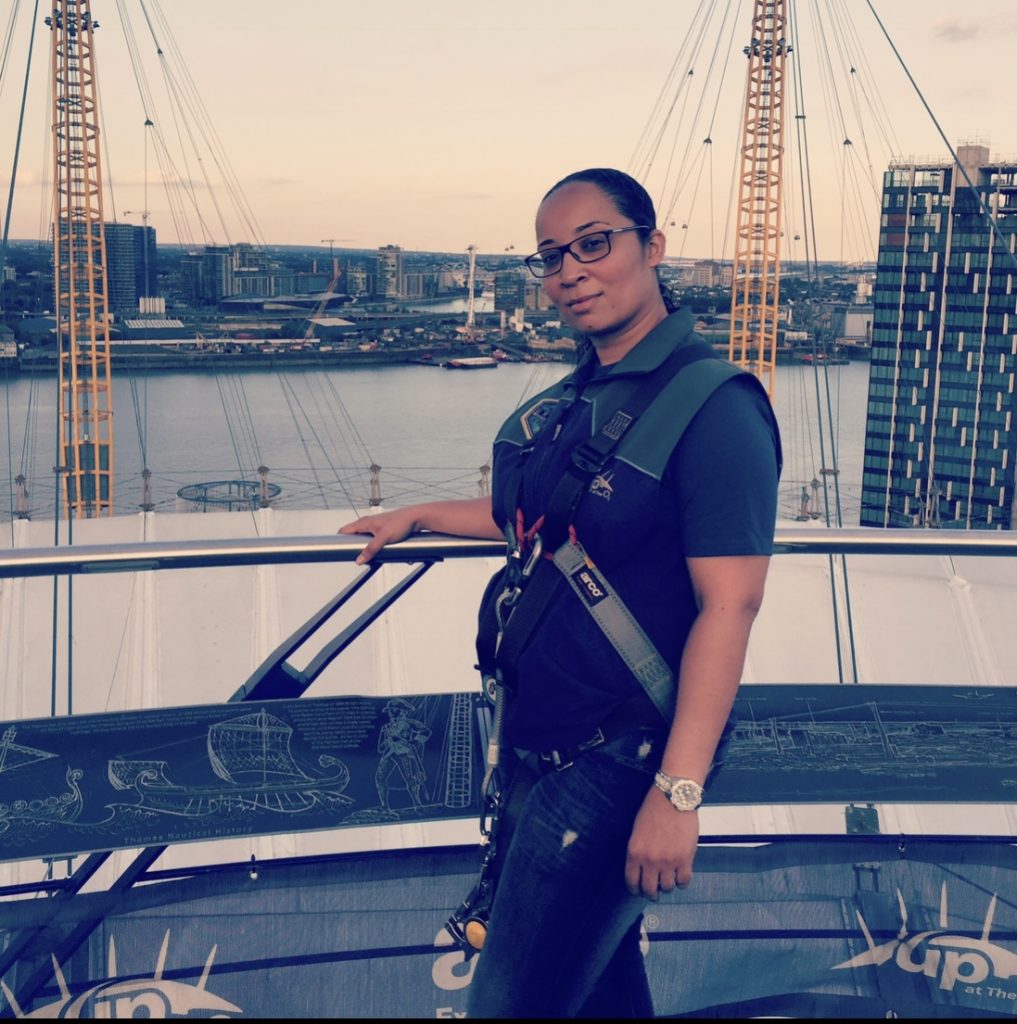
You’re currently taking part in the IWMF and ROAAAR’s Next Gen Safety Trainers program. What gaps do you see in traditional journalism safety management that drew you to this program?
I have been a journalist for more than two decades and have covered stories that have required fieldwork. Sometimes I have been the person out in the field; other times, I’ve led teams out in the field. In those two capacities, I’ve covered everything from 9/11 to Hurricane Katrina to street protests.
Last summer, I was struck by how often we as journalists have increasingly been under attack. One of my mentees, Cerise Castle, was hit by rubber bullets during a protest and one of my colleagues, Josie Huang, was tackled by LA Sherriff’s deputies. Both incidents involved women of color I care a lot about, and that hit too close to home.
I believe even if you aren’t a part of the problem, you need to be a part of the solution. I’ve worked in various newsrooms throughout my career and have spent 15 of them in management. As journalists cycle through newsrooms, it’s rare to find a newsroom completely prepared on all levels for threats facing journalists. Newsrooms are not properly equipped to send journalists—especially people of color and LGBTQIA journalists—into the field, and many are not paying attention to other threats to our safety, like online harassment and doxxing.
What advice do you have for others? Or, what is the best advice a mentor has given you?
One of the best pieces of advice I’ve ever been given is by the former Divorce Court Judge Lynn Toler, whom I had the pleasure of working with several years ago. Her advice: Always “keep pushing.” I would and have offered up the same advice to others. Life isn’t always easy and not all doors will open up for you. We all have our times when we feel discouraged and want to give up or when things just aren’t going how we planned. Instead of giving up, it’s important to have faith and keep pushing. The right opportunities will open up when they are meant to as long as you continue to put in the work.
How does your community lift you up? How do you lift up others in your community?
I try to uplift others through mentorship and by setting a good example through the work I do and how I live my life (with integrity). I also try to make sure the people I love know that I support them and love them every day, even when our respective lives get busy.
My various communities lift me up every day. Sometimes they lift me up when I am able to observe, whether up close or from afar, their sheer brilliance in action. Sometimes they lift me up through their example of resilience other times through the various manifestations of their joy. Other times my community has lifted me with laughter, words of kindness and support, or by just showing up for me even when I didn’t think I needed them to.
Up next:




